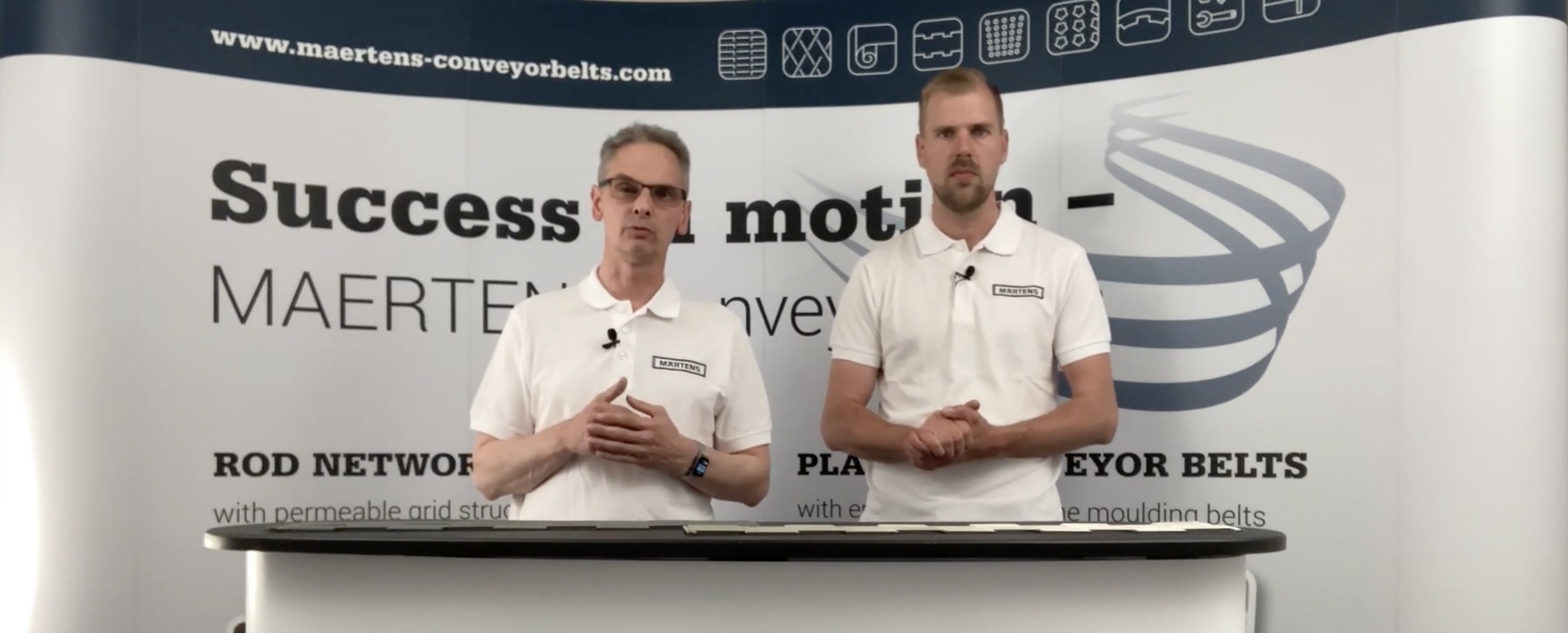Our Youtube channel has grown! Those who have been paying attention may have already discovered it: a new episode, this time about our rod network belts. This time we look at the different materials and surfaces and explain which combination is suitable for which processes.
New video from Märtens:
Surface condition of rod network belts

For those who are in a hurry - here is the video:
Surface properties of rod network belts
Materials of rod network belts
Basically, our rod mesh belts are available in three different materials: spring steel, stainless steel and K2390. The latter is our specially developed material innovation, which is both extremely resilient and particularly resistant to corrosion.
The standard for the rod network belts is the highly polished version. Thanks to their special properties, these wires are suitable for numerous processes, as product adhesion is minimized, they are particularly hygienic and there is no notch effect of the wire. Especially in the processing of fish and meat as well as poultry, protein often escapes, which leads to increasingly heavy deposits. To avoid this, the rod mesh belts can be provided with a PTFE coating.
You can also read more about this in this blog post:
Rod network belts with PTFE coating
However, smooth surfaces are not always advisable, for example when it comes to slippery products such as cookies. In that case, we recommend glass bead blasted wires to our customers, as the better grip prevents slipping during incline and decline transports as well as frequent stops.

